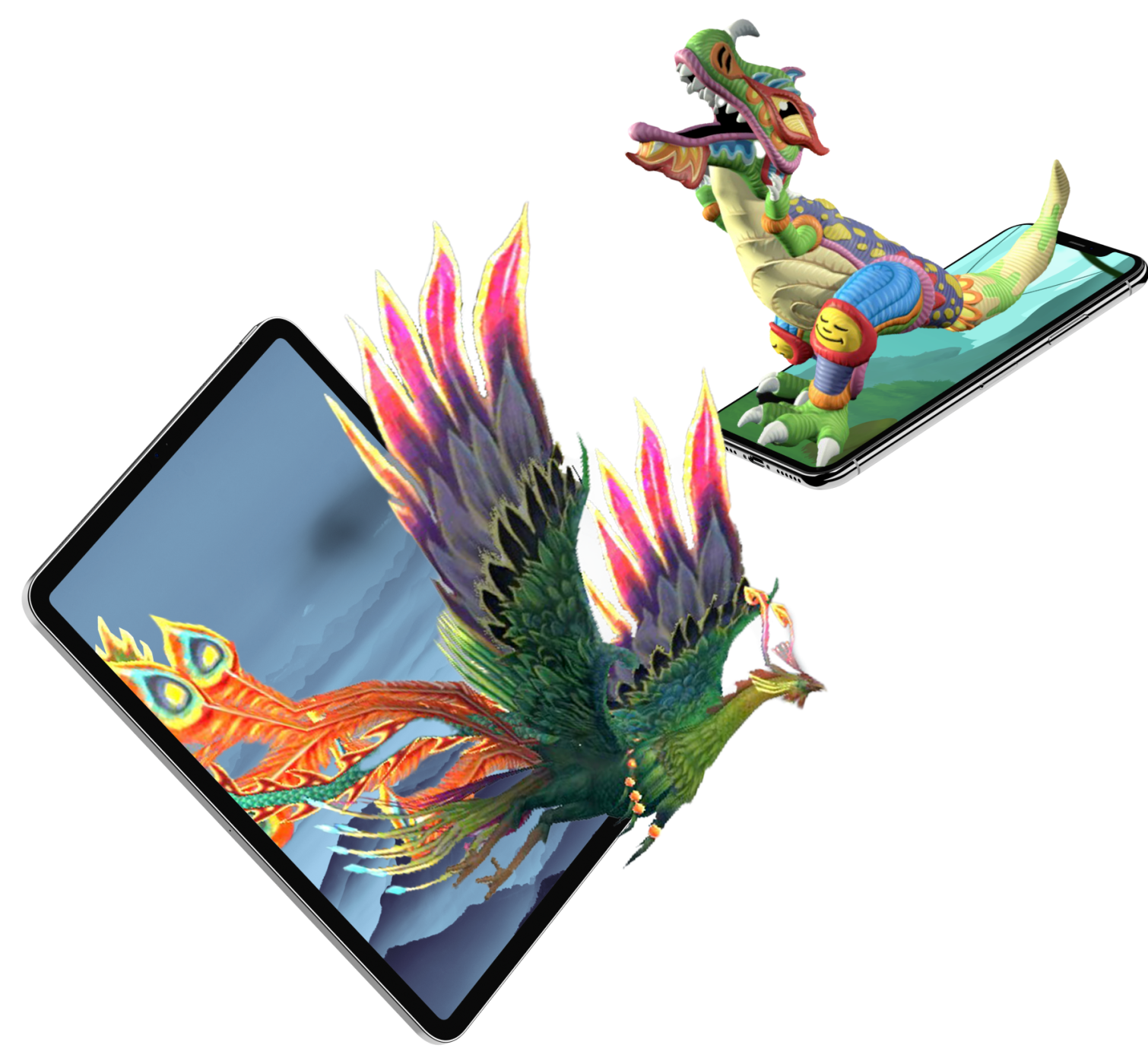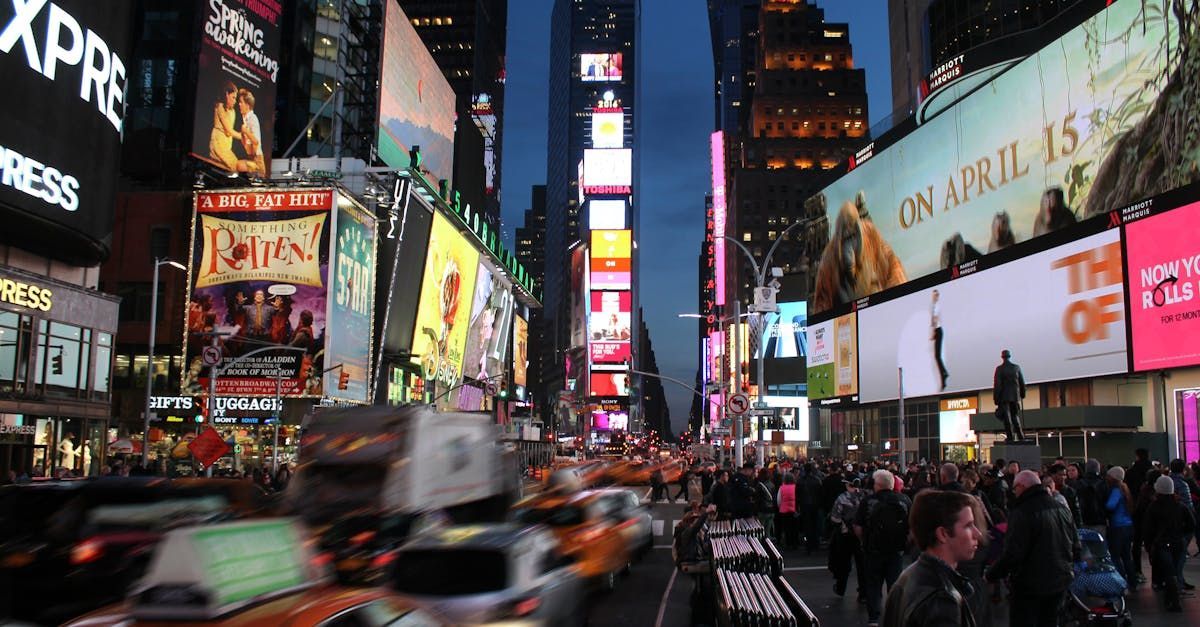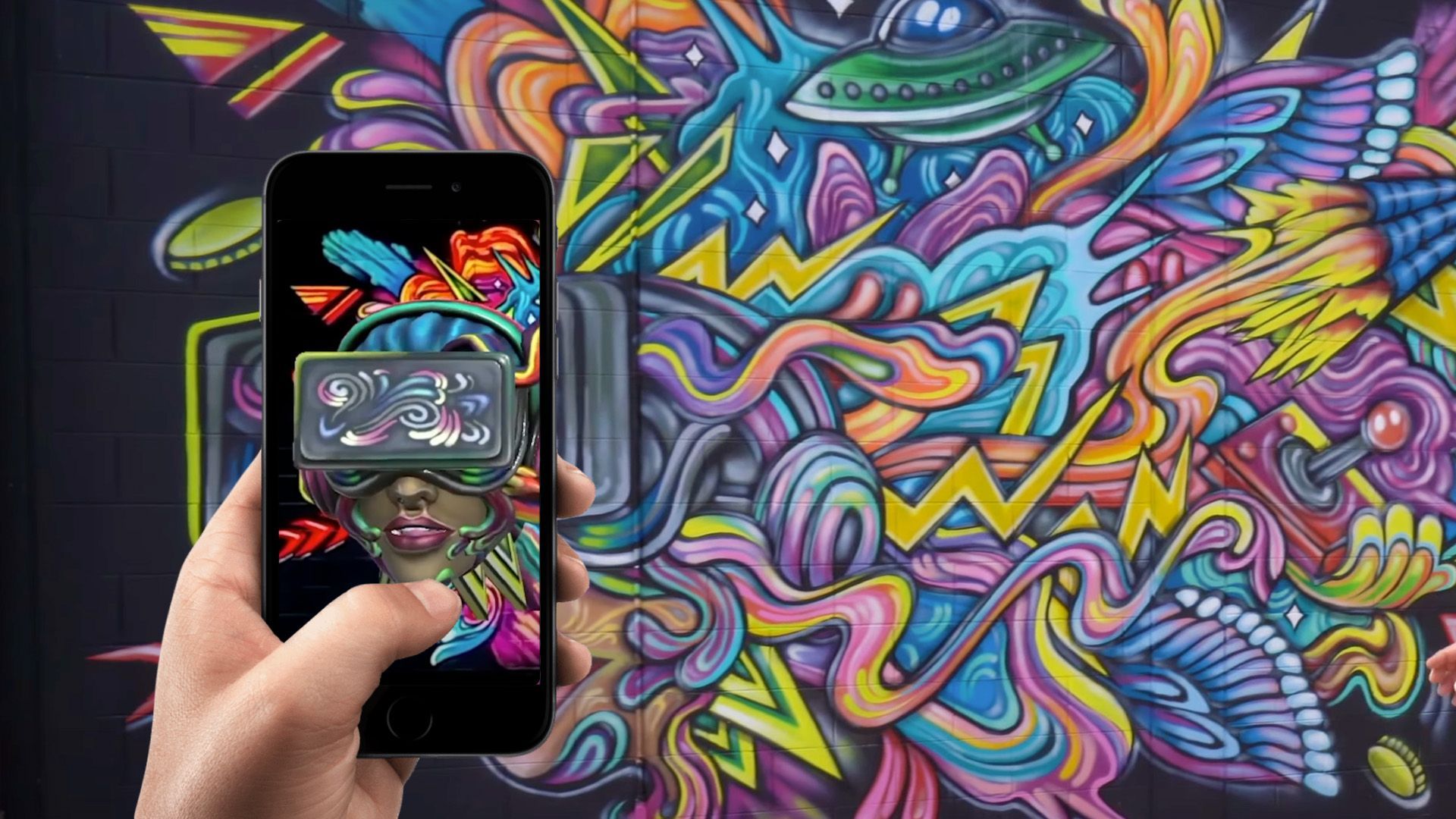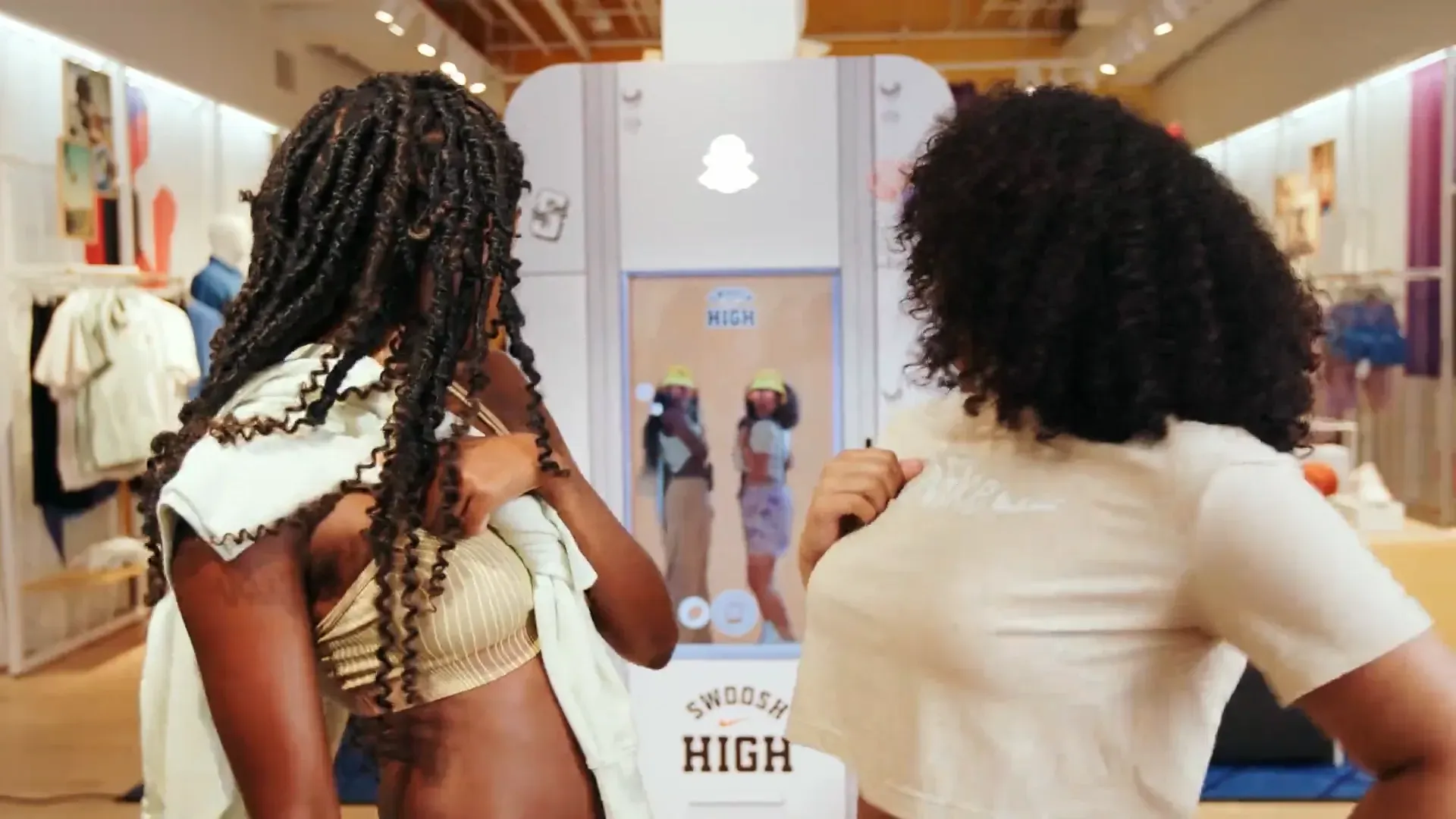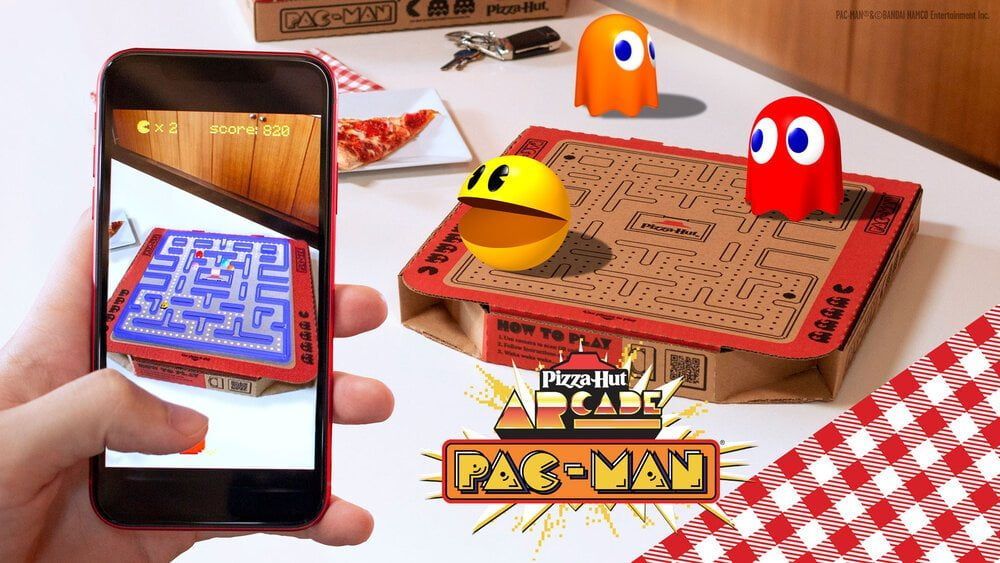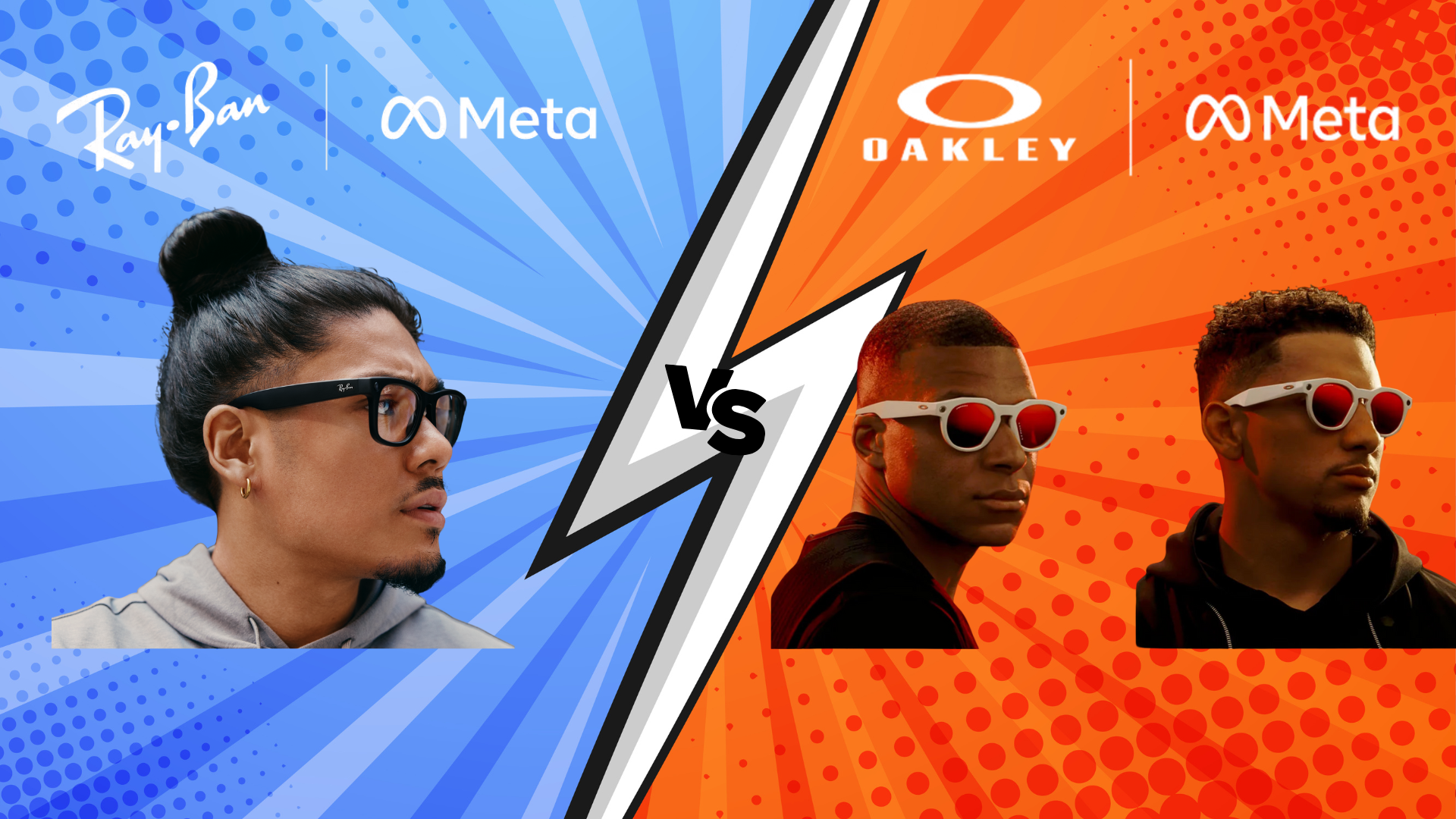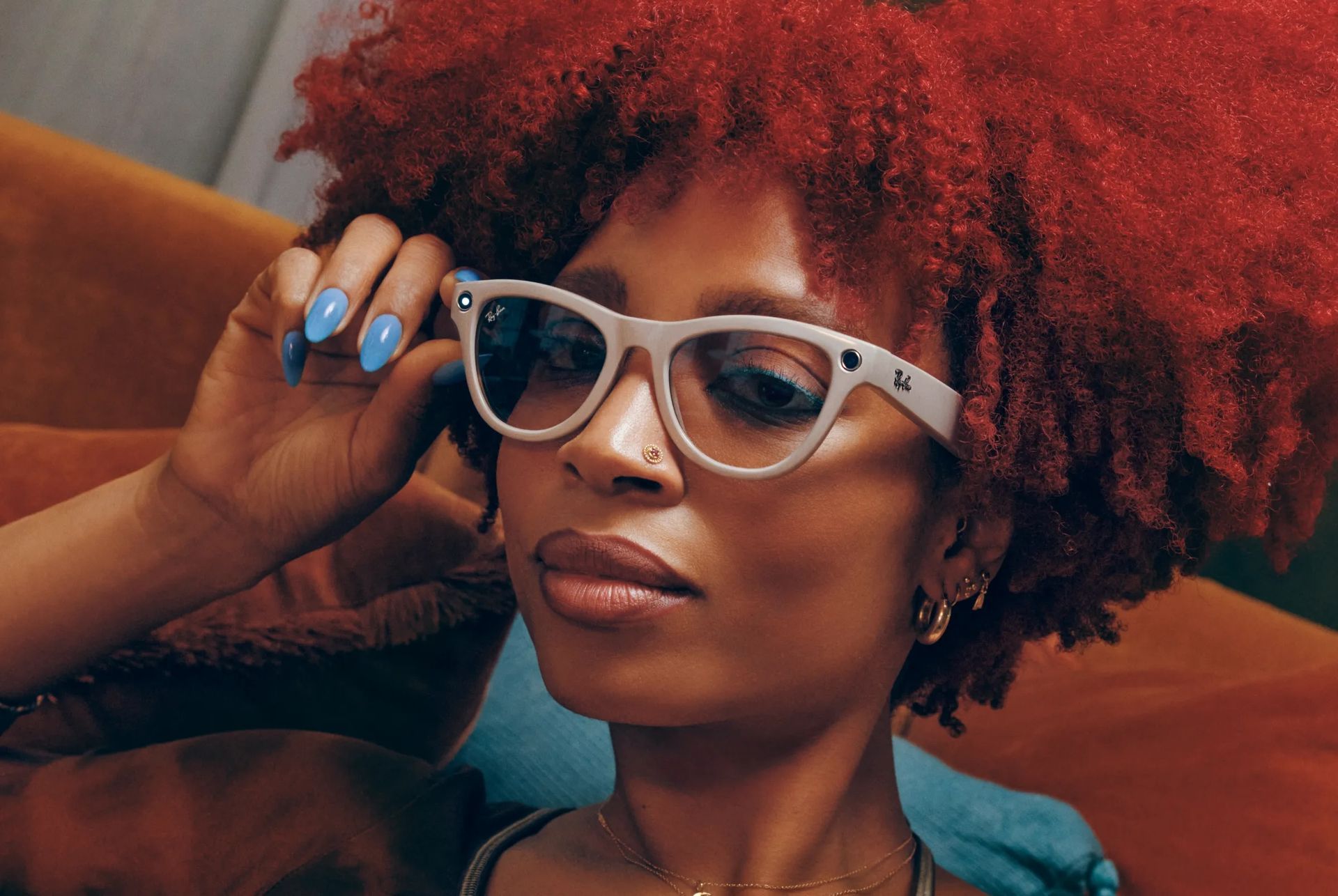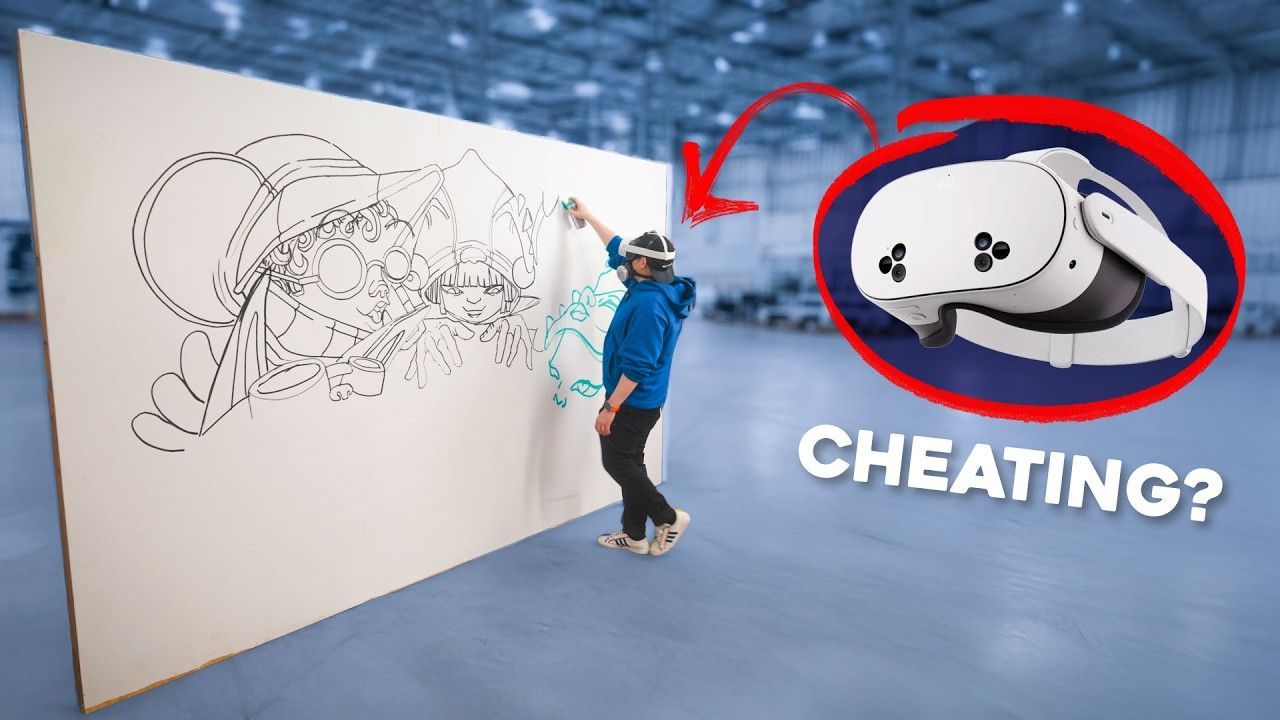TikTok Effect Examples for Brands
TikTok, the short-form video platform, has taken the world by storm, amassing a user base of over 1 billion people in just a few years. Its unique algorithm and user-friendly interface make it a fertile ground for brands looking to connect with their audience in a fresh and engaging way. In this article, we'll explore the potential of TikTok for brands, sharing examples of successful marketing campaigns, influencer collaborations, and advertising opportunities.
The Power of TikTok Influencers
Choosing the Right Influencers
One of the key drivers of TikTok's success is its community of influencers. These content creators have amassed huge followings and have the power to drive significant engagement for brands. To harness this potential, it's crucial for brands to choose the right influencers that align with their target audience, brand values, and marketing objectives.
Successful Influencer Collaborations
Brands like Calvin Klein, Fenty Beauty, and Daniel Wellington have all found success through influencer collaborations on TikTok. By partnering with popular creators, they've been able to reach new audiences, generate buzz, and drive sales. The key to their success lies in the authenticity of these partnerships, with influencers seamlessly integrating the brand's products into their content.
Creative TikTok Marketing Campaigns
Hashtag Challenges
Hashtag challenges are a popular and highly engaging TikTok marketing tactic. They involve brands creating a challenge that encourages users to create their own content using a specific hashtag. The #InMyDenim challenge by Guess, for example, generated over 40 million views and encouraged users to show off their denim outfits.
Branded AR Filters
Augmented reality (AR) filters are another creative marketing tool on TikTok. They allow users to interact with a brand's products or logo in fun and immersive ways. For example, PepsiCo's #PepsiMoreThanOK filter garnered over 5 billion views, showing the power of branded AR filters to drive engagement.
User-Generated Content Campaigns
User-generated content (UGC) campaigns can be incredibly effective on TikTok. By encouraging users to create content featuring a brand's products or services, brands can generate buzz and cultivate a sense of community. The #EyesLipsFace campaign by e.l.f. Cosmetics is a prime example, with the campaign generating over 6 billion views and thousands of user-created videos.
TikTok Advertising Opportunities
In-Feed Ads
In-feed ads are short, 15-second video ads that appear in users' feeds as they scroll through TikTok. These ads can be an effective way to reach a wide audience, especially when paired with engaging content and a strong call-to-action. Brands like Nike and Grubhub have successfully utilized in-feed ads to drive awareness and conversions.
Branded Hashtag Challenges
Branded hashtag challenges take the concept of user-generated content to the next level by combining it with advertising. Brands sponsor a specific hashtag, and users create content using that hashtag in exchange for the chance to be featured on TikTok's Discover page. The #TumbleweedChallenge by Chipotle is a great example, generating over 230 million views and thousands of user-created videos.
TopView Ads
TopView ads are premium, full-screen ads that appear when users open the TikTok app. They offer brands unparalleled visibility and reach, with the potential to drive significant engagement. For example, McDonald's utilized a TopView ad to promote its #BigMacTikTok challenge, resulting in millions of views and user-created content.
Success Stories of Brands on TikTok
Chipotle
Chipotle has become a TikTok sensation, thanks to its innovative campaigns and collaborations with influencers. The brand's #GuacDance challenge, which encouraged users to show off their dance moves while celebrating National Avocado Day, generated over 1 billion views and a 68% increase in guacamole sales.
e.l.f. Cosmetics
e.l.f. Cosmetics' #EyesLipsFace campaign, which we mentioned earlier, was a massive success, catapulting the brand to TikTok fame. The catchy, original song created for the campaign, combined with the platform's native features, resulted in a viral sensation that significantly boosted brand awareness and sales.
Gymshark
Fitness apparel brand Gymshark has also found success on TikTok by embracing user-generated content and influencer collaborations. The brand's #Gymshark66 challenge encouraged users to share their fitness journeys, resulting in a flood of authentic, engaging content that helped to drive sales and brand loyalty.
The examples provided in this article demonstrate the immense potential of TikTok for brands. By leveraging the platform's unique features, engaging influencers, and embracing creativity, brands can connect with their audience in new and exciting ways. The TikTok effect is undoubtedly here to stay, and savvy marketers should seize this opportunity to tap into its potential.
FAQs
How can brands find the right influencers on TikTok?
Brands can use tools like TikTok's Creator Marketplace or third-party influencer marketing platforms to find influencers that align with their target audience and brand values.
What types of content perform best on TikTok?
Authentic, entertaining, and engaging content tends to perform well on TikTok. Users are drawn to content that feels genuine and resonates with them on a personal level.
How can brands measure the success of their TikTok campaigns?
Metrics such as views, engagement rate, conversions, and user-generated content can help brands gauge the success of their campaigns and inform future marketing strategies.
Are TikTok ads suitable for all types of businesses?
While TikTok ads can be a powerful tool for many businesses, it's essential to consider whether the platform's audience aligns with your target demographic and whether the ad formats offered fit your marketing objectives.
How can smaller brands leverage TikTok for growth?
Smaller brands can benefit from TikTok by partnering with micro-influencers, engaging in community-building efforts, and creating authentic, engaging content that resonates with their audience.
TALK TO A PRO
We're here to bring your brand to life!
Stay Connected with BrandXR
Create Augmented Reality for Free!
Create, Publish, and Measure 3D Augmented Reality Experiences Without Having to Code.
